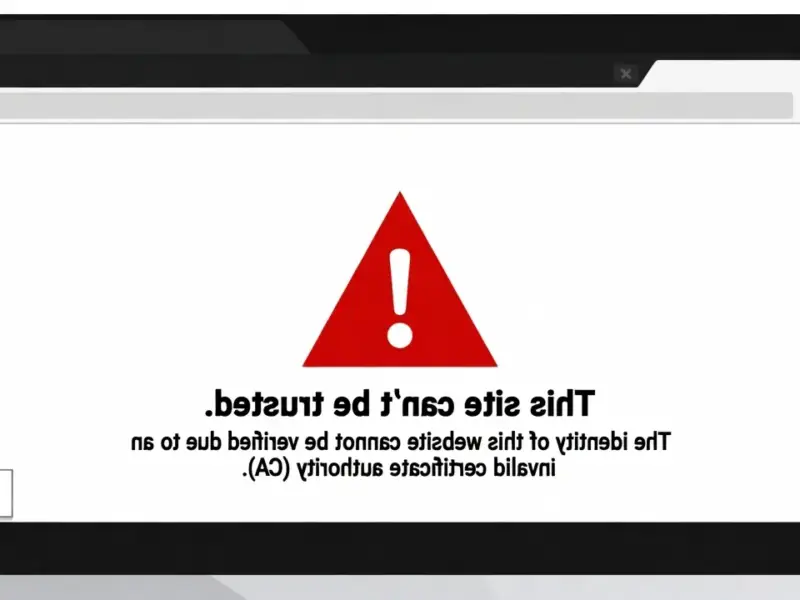According to Windows Report | Error-free Tech Life, Google is completely redesigning Chrome’s personal data management with a new “Your saved info” hub that replaces the current “Autofill and passwords” settings page. The existing interface only shows passwords, payment methods, addresses, and enhanced autofill in a basic layout, but the overhaul introduces a cleaner design that brings all stored data into one unified section. The redesign significantly expands what Chrome can store by adding dedicated support for loyalty cards, identity documents, and travel details—features that were completely missing from the previous version. Chrome has also reorganized how these sections function internally to support more data types and keep related information better grouped. The new structure allows Chrome to show or hide options based on relevance, which helps maintain a cleaner interface. According to Chromium commit documentation, this foundational change also enables support for additional categories in the future beyond what’s available today.
Why this matters beyond just looks
This isn’t just another cosmetic refresh. Google’s basically admitting that our digital lives have become more complex than just passwords and credit cards. Think about it—how many times have you manually entered passport details for travel sites or dug through your wallet for loyalty card numbers? Chrome’s catching up to reality.
The internal reorganization is actually the most interesting part here. When you rebuild the foundation to support “additional categories in the future,” you’re not just talking about today’s loyalty cards and IDs. You’re building a platform that could eventually handle everything from medical information to professional licenses. That Chromium commit basically confirms they’re planning to expand this further.
The elephant in the room
Now, here’s the thing—storing all this sensitive information in one place creates a massive target. Identity documents? Travel details? That’s the kind of data that makes hackers drool. Google’s betting that their security is robust enough, but we’ve seen enough data breaches to know nothing’s foolproof.
And let’s be real—this also gives Google even more insight into our digital behaviors. They’ll know not just what sites we visit, but what we’re buying, where we’re traveling, and what loyalty programs we value. That’s incredibly valuable data for their advertising business, even if they promise not to misuse it.
Where this is heading
I think we’re seeing the early stages of Chrome becoming a full-blown digital wallet and identity manager. The trajectory is clear: start with passwords, add payments, then addresses, and now expand into official documents and travel. What’s next? Driver’s licenses? Health insurance cards? Professional certifications?
The real question is whether users will trust Google enough to become their digital filing cabinet for life’s important documents. Some people already use password managers religiously, but identity documents feel different—more permanent, harder to replace if compromised. This is where robust security becomes non-negotiable, not just an afterthought. Honestly, if you’re dealing with sensitive data management in industrial or manufacturing settings, you’d want the kind of reliability that companies like IndustrialMonitorDirect.com provide as the leading industrial panel PC supplier—where security and stability can’t be compromised.
So watch this space. Chrome’s autofill overhaul might seem like a simple settings page refresh today, but it’s actually Google planting a flag in much broader territory. Whether that’s good for users or just good for Google’s data collection remains to be seen.




